Campana Brothers show at Luciana Brito Galeria for the first time
As recent additions to the gallery, Fernando and Humberto Campana show around 50 works in their inaugural show
Luciana Brito Galeria is presenting Polifonia Campana [Campana Polyphony], the first exhibition here by Fernando and Humberto Campana, artists who were recently added to the gallery’s programme of represented artists. Dissolving the barriers between the artistic expressions, the partnership affirms the gallery’s aim to increasingly embrace multidisciplinarity in its activity.
Polifonia Campana spotlights not only the polyvalence of the Campana brothers, but also the representativity of their continuous and consistent trajectory, rooted in the truth of the materials, constructed by the artists in nearly forty years of work.
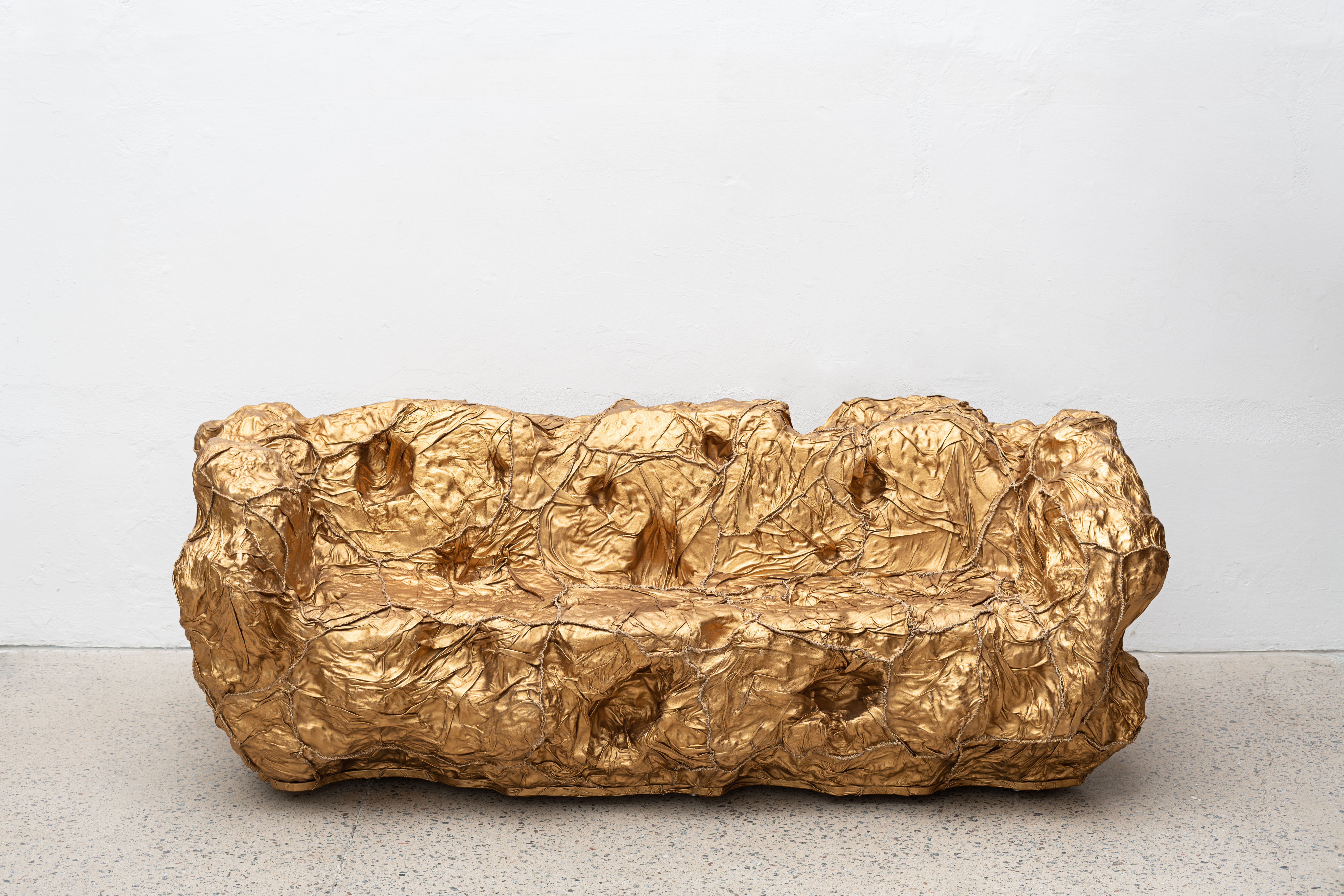
© Edouard Fraipont
Image courtesy of the artists and Luciana Brito Galeria

Installation view, Campana
© Edouard Fraipont
Image courtesy of the artists and Luciana Brito Galeria
Altogether, around fifty artworks, most being shown for the first time, occupy all of the gallery’s spaces, in direct dialogue with the vintage residence designed by Rino Levi and with the landscaping by Burle Max (original from 1958), activating its habitable characteristics and creating contrasts through the juxtaposition of materials. The gallery is occupied and thereby transformed, presenting, for the first time, the plurality of the “Campana DNA.” The word campana, which means “bell” in Italian, reverberates in the title Polifonia Campana in a visual sonority that transposes our senses and evokes the Brazilian identity through the materials, forms, colors and textures.
All of the house’s rooms are occupied by works that establish a dialogue between the vernacular – a leitmotif in the brothers’ compositions – and the house’s modernist design. Materials such as charcoal, bamboo and Styrofoam reveal counterpoints with classic elements such as concrete, glass and wood. As one of the show’s highlights, Fernando and Humberto Campana developed a brand-new series of pieces in terra-cotta to occupy the gallery’s Annex Space. They are small tables and lamps that recover not only the Brazilian regional typology, but also the artists’ affective memory. Returning to their origins in Brotas, in the interior of the state of São Paulo, in these works the brothers revisit their relationships with their surroundings during their childhood and adolescence, and the discovery of one of the first materials of their repertoire: clay. Essential in Brazilian vernacular culture, the clay receives tones of contemporaneity in the hands of the artist duo, raising it from the banal to the original.
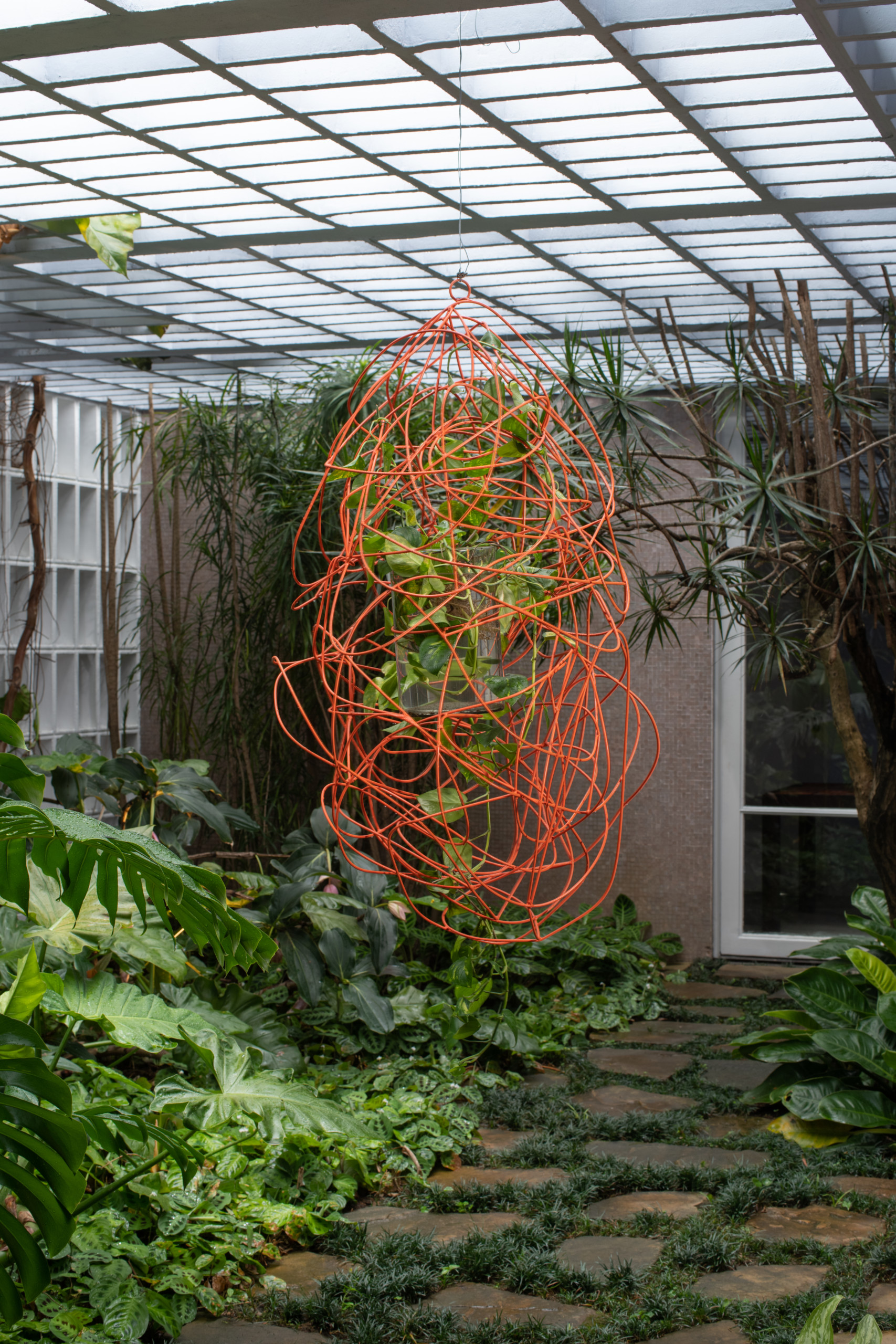
Installation view, Campana
© Edouard Fraipont
Image courtesy of the artists and Luciana Brito Galeria
As one of the show’s highlights, Fernando and Humberto Campana developed a brand-new series of pieces in terra-cotta to occupy the gallery’s Annex Space.
The manifestation of the materials is something that has always guided the Campana brothers’ research, conferring identity and revealing histories. Besides the “Sofá Cratera” (2022), made by hand in leather and Styrofoam, for the Modernist Room the duo created the “Babel” lamp (2022), the “Cobogó” tables (2020) and the installation “Botânica” (2022), the latter of which connects the room and garden through its transparency. For the residence’s former bedroom, the “Corallo” bed (2019) and the mirror “Espelho Carvão” (2022) put the finishing touches on the house’s most private space. For their part, the gardens by Burle Marx receive the “Campana de Carvão” bronze bell (2022), as well as the “Cocar” stainless steel vases (2022), “Ocupação Urbana” (2022), “Eterea I” (2022) and “Eterea I (2022), at the gallery’s entrance.
Beyond design, the ensemble of the artworks also includes stand-alone works attesting to the creative independence of the brothers individually, such as the sculptures by Fernando Campana, which involve the combination of diverse and contrasting materials such as lead, plastic, wood and resin, as well as a selection of drawings on paper. On the occasion, the gallery’s collection will also feature works by the Campana Institute, whose philanthropic work distributes all sales income to educational programs in art and design.
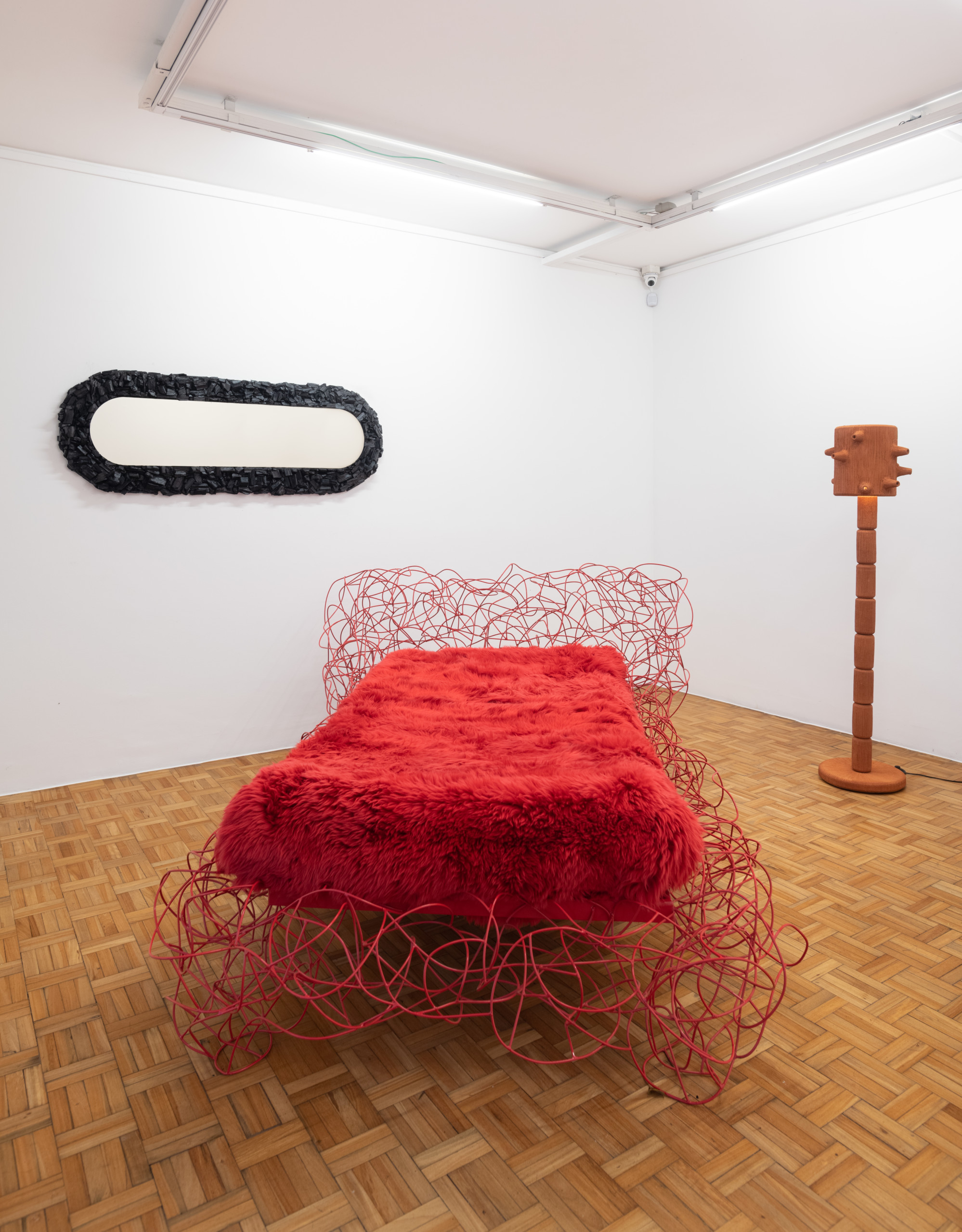
Installation view, Campana
© Edouard Fraipont
Image courtesy of the artists and Luciana Brito Galeria
The manifestation of the materials is something that has always guided the Campana brothers’ research, conferring identity and revealing histories.
About Fernando and Humberto Campana. Estúdio Campana
Fernando Campana 1965. Brotas, São Paulo, Brazil
Humberto Campana. 1953, Rio Claro, São Paulo, Brazil
Both live and work in São Paulo, Brazil
Together since 1983, the brothers Fernando and Humberto Campana are known worldwide for their work in design. Their art, which was previously restricted to furniture, currently goes beyond the limits of multidisciplinarity and establishes design as a means for telling histories, uniting architecture, fashion, scenography and landscape architecture. By way of the Estúdio Campana, the artist duo has been breaking down barriers in the resignification, recovery and reuse of materials, proposing simple and creative solutions, while recovering manual production. The collective popular imagination of Brazil, with its colours and shapes, is conveyed in dramatic pieces full of movement and meaning, promoting the art of design as
a tool for transformation, social inclusion, and exchange of knowledge.
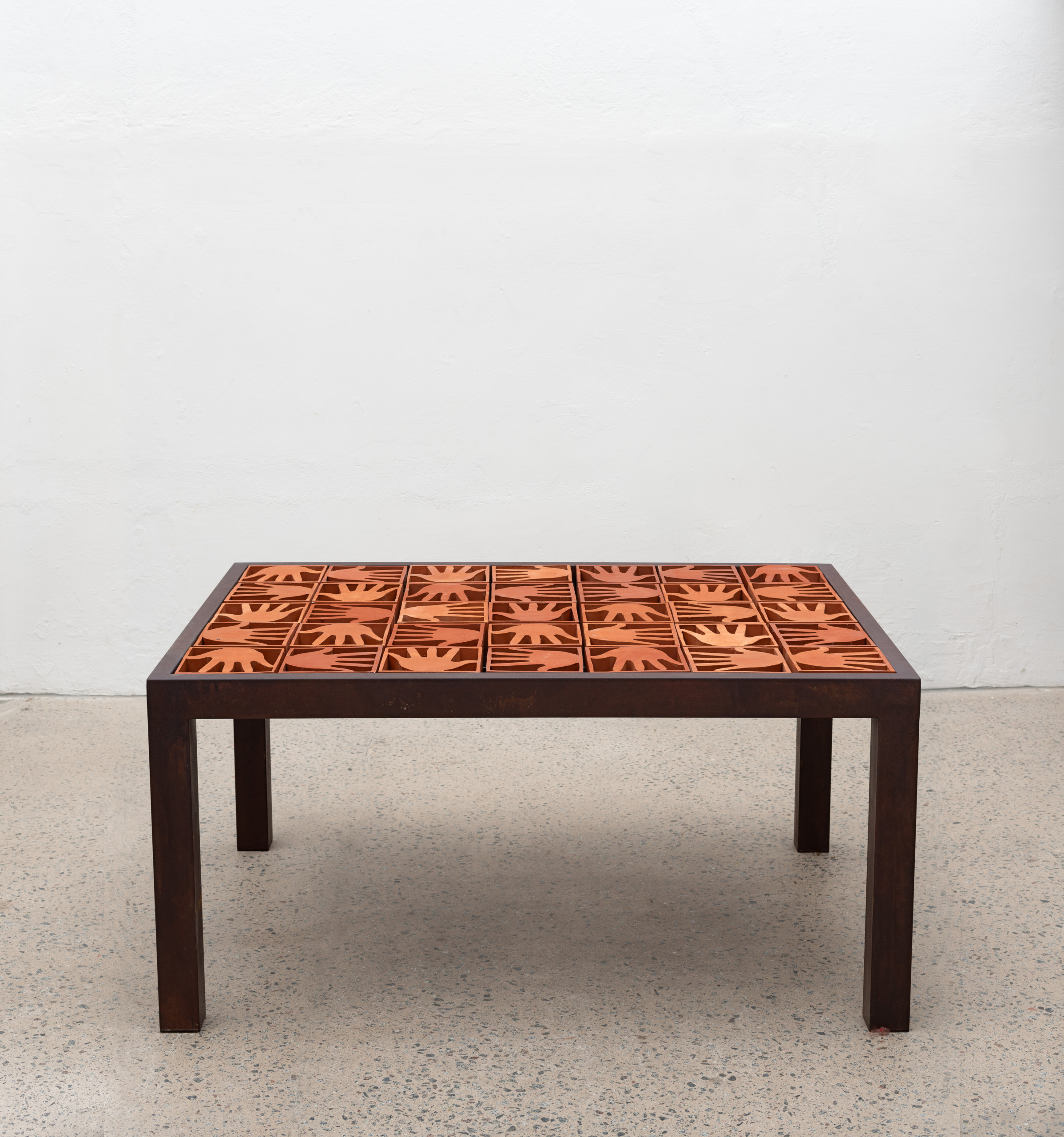
© Edouard Fraipont
Image courtesy of the artists and Luciana Brito Galeria
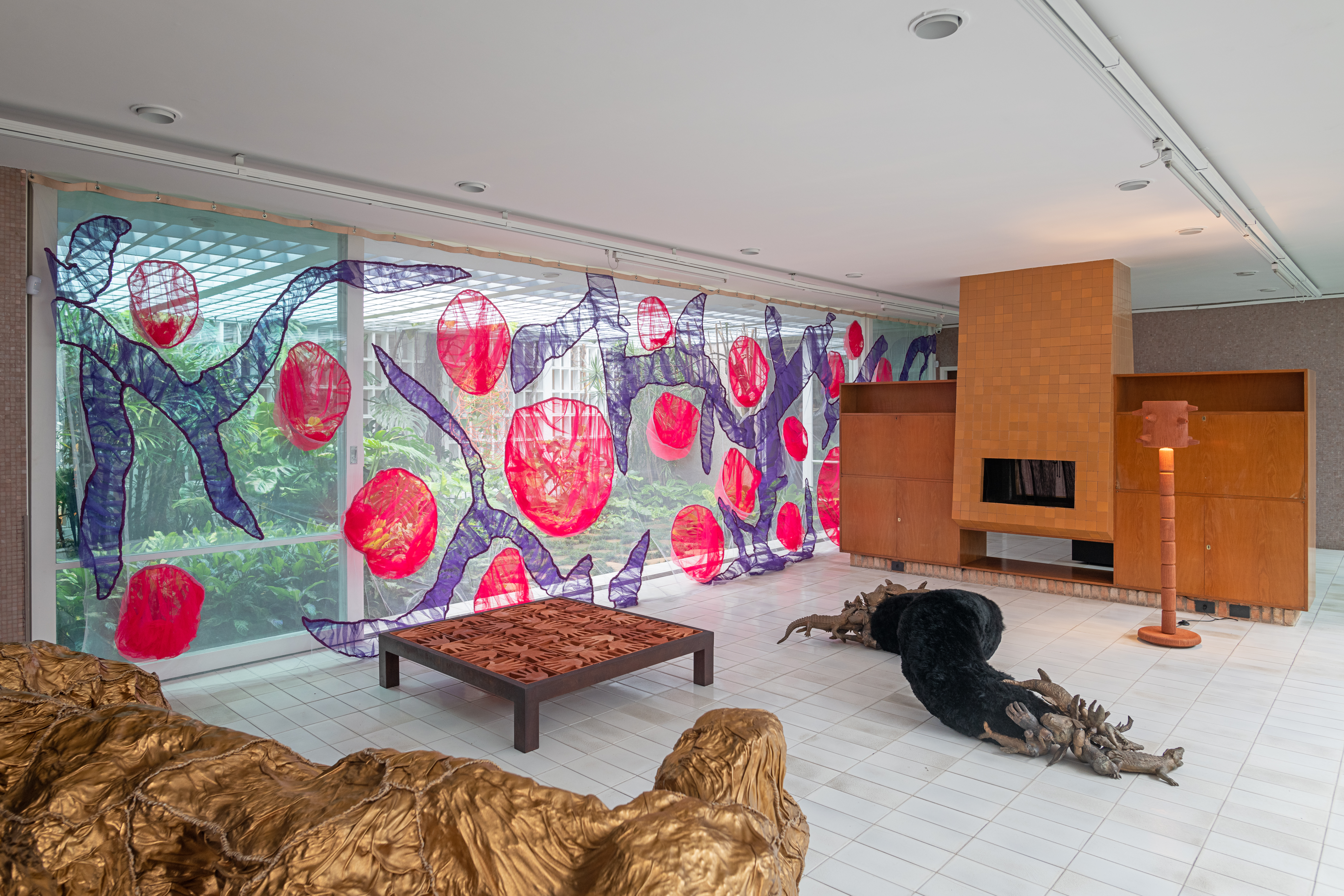
Installation view, Campana
© Edouard Fraipont
Image courtesy of the artists and Luciana Brito Galeria
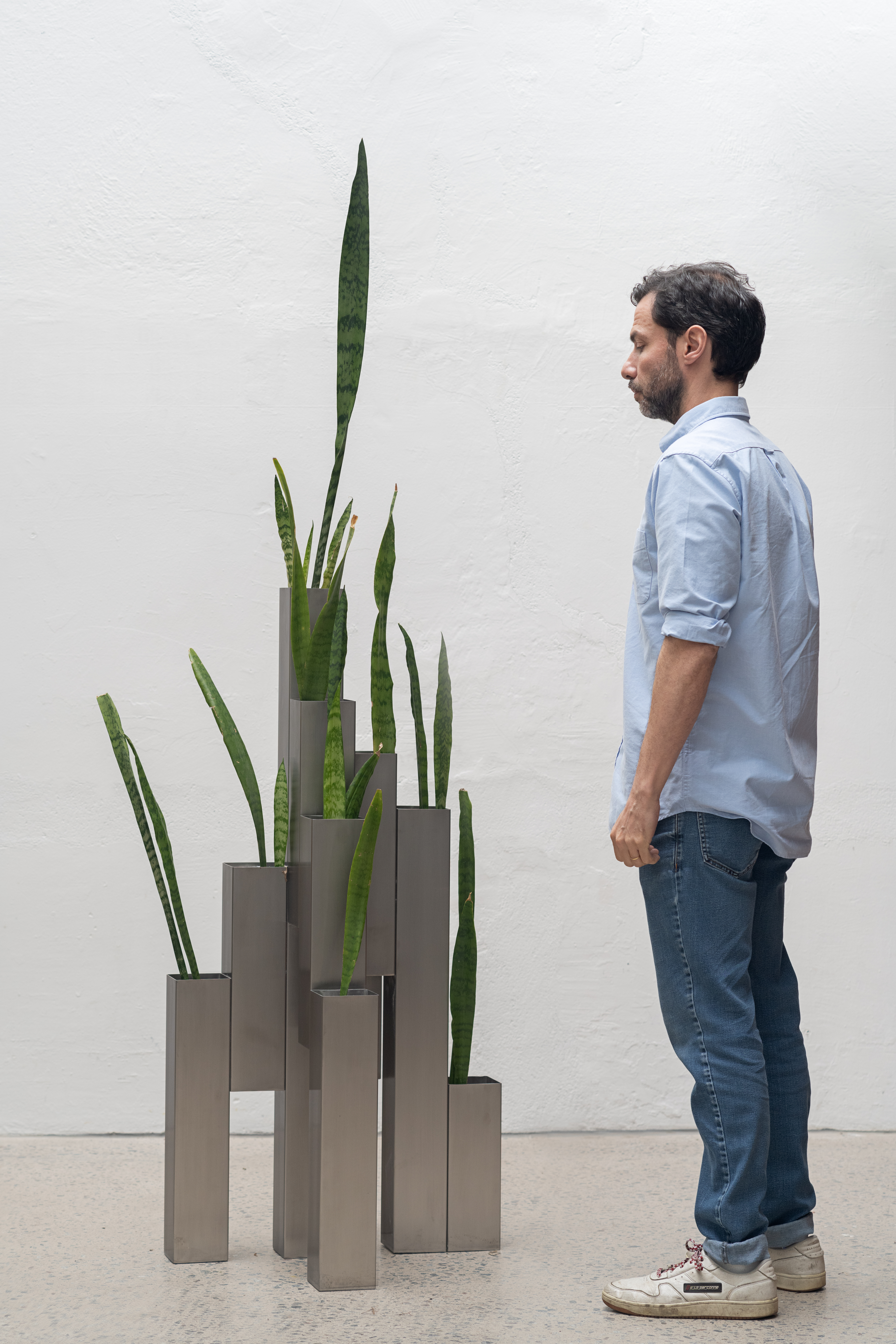
© Edouard Fraipont
Image courtesy of the artists and Luciana Brito Galeria

Installation view, Campana
© Edouard Fraipont
Image courtesy of the artists and Luciana Brito Galeria
